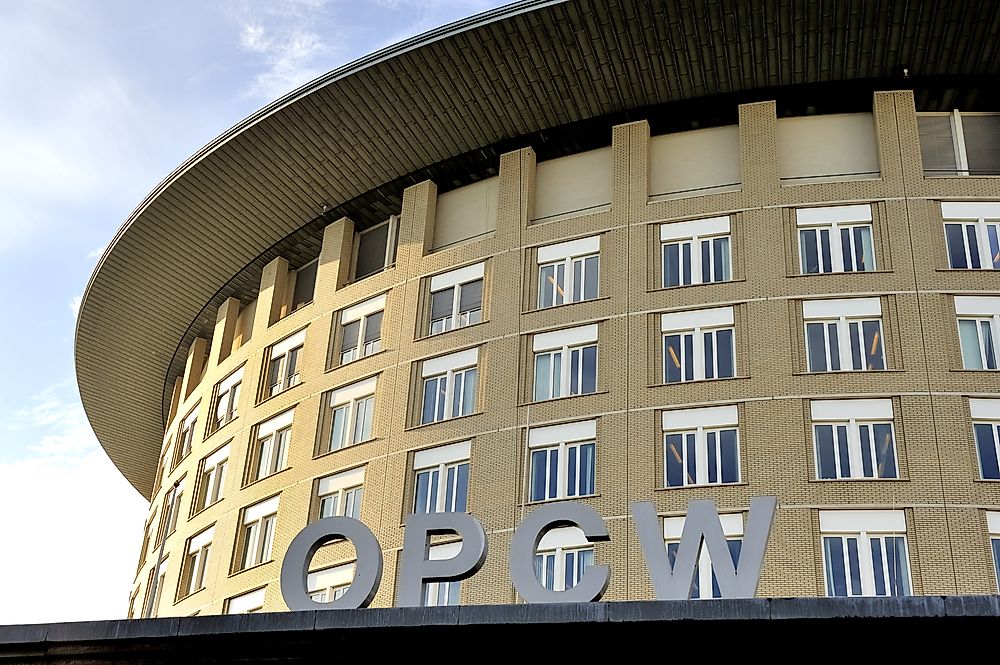What Is The Chemical Weapons Convention?

The CWC (Chemical Weapons Convention) is a weapon controlling treaty which prohibits stockpiling, usage and production of chemical weapons. The agreement is administered by an intergovernmental organization known as the OPCW (Organization for Prohibition of Chemical Weapons) based in Hague. It permits limited production of chemical weapons for protective, pharmaceutical, medical or research purposes. The critical obligation of the member nations is to adhere to the prohibition while destroying all their chemical weapons. OPCW supervises the destruction of chemical weapons.
When Did The Treaty Take Effect?
The intergovernmental consideration of biological and chemical weapons ban began with the Eighteen-state disarmament committee in 1968 which was later named the CD (Conference on Disarmament) in 1984. The CD submitted its annual reports to the general assembly of the UN which contained the terms of the chemical weapons convention on September 3, 1992. The general assembly of the UN approved it on November 30, 1992. The secretary-general opened it for signatures from January 13, 1993, to April 29, 1997.
The initial 165 member states signed it before it took effect thus allowing them more time to endorse it before obtaining domestic approval. The CWC took effect in 1997. After it came into force, the treaty was closed, and the only way non-members could join was through accession. By April 2016, about one hundred and ninety-two states were party to the agreement which represented about 98% of world's population.
The Non-signatory States
Israel has signed it, but they have not endorsed the treaty yet. South Sudan, North Korea, and Egypt have neither acceded nor signed the agreement. Since becoming a United Nations observer in 2012, Palestine state has not signed the treaty although they are eligible to join. Although Taiwan is not a member state, it complies with the CWC.
What Are The Functions Of The Convention?
The convention prohibits the manufacture and usage of all the different types of chemical weapons. It demands that the member states destroy all their chemical weapons manufacturing facilities or convert them to other functions. The treaty stipulates that all the chemical weapons within or outside the nation's boundaries must be destroyed. It inspects the regime of chemicals productions which can be converted to weapons.
What Are The Controlled Substances?
The CWC distinguished all the controlled substances which can be used to produce weapons or be used as weapons into three classes. All the classes are divided into two parts with section ‘’A’’ being the ones which can be used as weapons directly. Section ‘’B’’ includes all the ones which can be used to produce weapons.
Schedule 1-The class one chemicals have a few or no usage outside chemical weapon production. They may be used or manufactured for pharmaceuticals, medical, research or weapons testing reasons, but OPCW must monitor the production of these substances at plants which produce over 0.22 pounds annually. Nations are limited to possessing over one ton of these compounds.
Schedule 2-The class 2 chemicals has small legal applications. Therefore the manufacturers must be declared, and there are restrictions towards exportation of these chemicals to non-CWC parties.
Schedule 3- other than weapon production, these compounds have large -scale usage. Therefore all the companies producing over thirty tons of these compounds per year must be declared and then inspected. There are strict restrictions towards exporting this class of chemicals to non-members.











